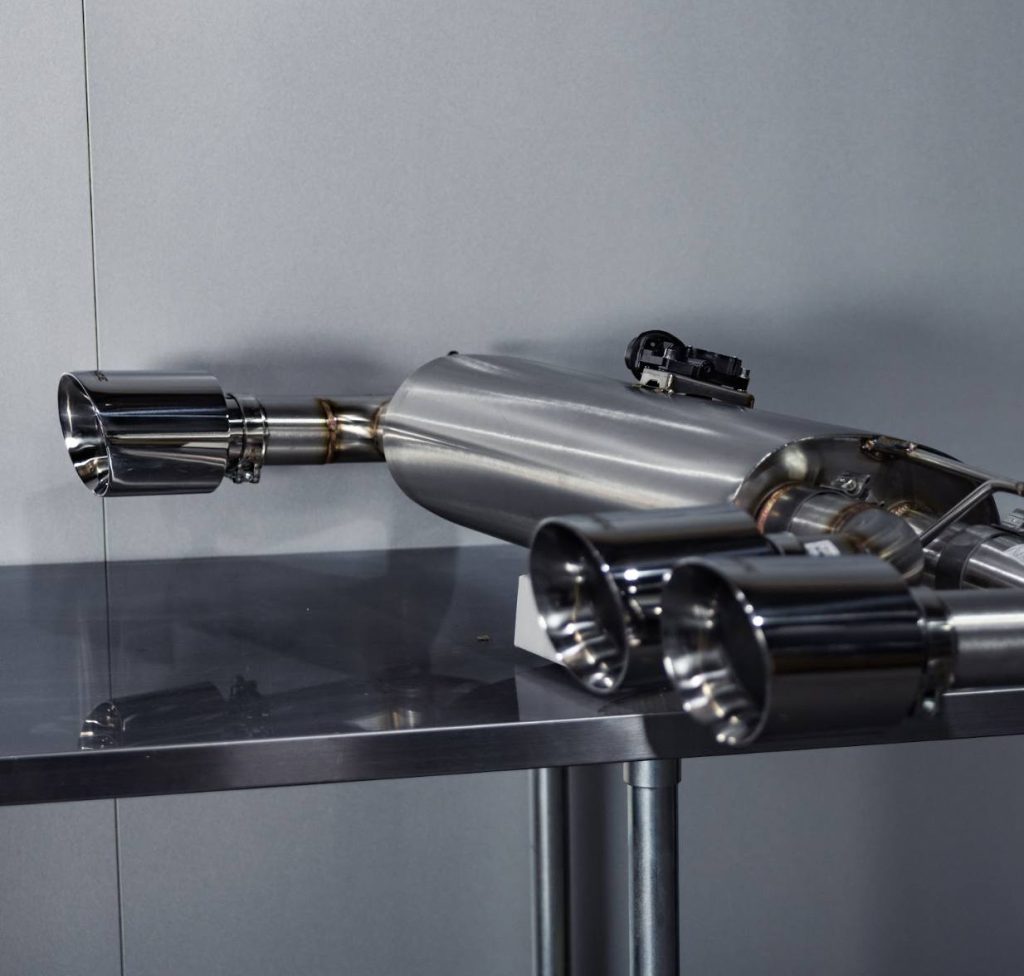High-Performance Exhaust Systems: What You Need to Know
When discussing automotive performance upgrades, high-performance exhaust systems frequently come into the conversation. These systems play a critical role in optimizing your vehicle’s power, efficiency, and overall functionality. Whether you’re a car enthusiast or simply curious about how vehicles operate, understanding the mechanics and benefits of high-performance exhausts is key.
What Is a High-Performance Exhaust System?

High-performance exhaust systems are an upgraded component designed to enhance exhaust gas flow efficiency from your vehicle’s engine. Unlike standard factory-fitted systems, these are engineered to reduce restrictions, allowing for improved airflow and better engine breathing.
The system typically consists of several components:
- Headers/Manifolds: These collect exhaust gases from the engine’s cylinders and direct them into a single exhaust pipe. High-performance headers are designed to optimize flow and reduce backpressure.
- Mid-Pipe: This section connects the headers to the muffler, often incorporating resonators or catalytic converters for emissions compliance.
- Mufflers: While they manage noise levels, performance mufflers also help maintain efficient gas flow without compromising engine output.
- Tailpipe: The visible part of the exhaust system, directing gases out of the vehicle.
How High-Performance Exhaust Systems Work

At its core, an exhaust system removes waste gases from the combustion process. However, factory-installed systems often prioritize noise reduction and cost efficiency over performance. High-performance variants address these shortcomings through improved design and materials.
- Enhanced Gas Flow: By minimizing restrictions in the exhaust path, these systems reduce backpressure, which is the resistance exhaust gases encounter as they exit the engine. Less backpressure means the engine can work more efficiently.
- Improved Scavenging: Headers are often tuned to create a scavenging effect in performance-focused designs. This ensures that exhaust gases are pulled out of the cylinders faster, allowing fresh air and fuel to enter more quickly for the next combustion cycle.
- Temperature Management: Many high-performance systems are constructed with materials like stainless steel or titanium, which manage heat better than standard systems. This helps maintain consistent engine performance and longevity.
Benefits of High-Performance Exhaust Systems

While the primary appeal of a high-performance exhaust system lies in improving horsepower and torque, the benefits extend far beyond these metrics.
- Increased Power Output: By optimizing exhaust flow, high-performance systems allow the engine to produce more power. This is especially noticeable at higher RPMs, making it ideal for those who demand more from their vehicles on the track or highway.
- Improved Fuel Efficiency: With reduced engine workload and better airflow, these systems can contribute to more efficient fuel combustion. While the difference may not be drastic, over time, it can result in noticeable savings.
- Weight Reduction: High-performance exhausts are often made from lighter materials like titanium or mandrel-bent stainless steel. This reduces the overall weight of the vehicle, contributing to better handling and performance.
- Enhanced Sound Quality: These systems produce a more refined exhaust note, often described as deeper or throatier. This sound doesn’t just enhance the driving experience but also gives enthusiasts an audible indicator of their vehicle’s enhanced performance.
- Longevity and Durability: Factory exhausts can corrode over time, particularly in harsh climates. High-performance variants, constructed from premium materials, often last longer and require less maintenance.
Considerations Before Upgrading

Upgrading to a high-performance exhaust system is not a decision to take lightly. It involves understanding your vehicle’s needs, your driving habits, and local regulations.
- Compatibility – Not all systems are universally compatible with every vehicle. Researching options tailored to your make and model ensures the best fit and performance.
- Regulations – Many countries, including Australia, have strict laws governing noise and emissions levels. Ensure that your chosen system complies with local regulations to avoid fines or legal issues.
- Budget – High-performance systems can range from moderately priced options to premium designs costing thousands of dollars. Understanding your priorities—whether performance, aesthetics, or sound—is crucial in choosing the right system.
- Installation Expertise – Professional installation is often recommended, as improper fitting can negate the benefits of the upgrade. Misaligned systems may also lead to leaks or damage to the engine.
Common Misconceptions
Despite their popularity, there are several misconceptions about high-performance exhaust systems:
- “They always add a lot of horsepower.” – While these systems can improve performance, the actual gain depends on other factors, such as the engine’s current condition and additional modifications.
- “They’re only for racing vehicles.” – While they are popular in motorsport, many high-performance systems are designed for everyday use, offering subtle performance boosts without compromising comfort.
- “Louder is always better.” – Noise doesn’t equate to performance. Many well-designed systems balance sound quality with efficient gas flow.
Maintenance Tips for Longevity
To get the most out of your high-performance exhaust system, regular maintenance is essential:
- Inspect for leaks or damage regularly, particularly around joints and welds.
- Clean the visible parts, like the tailpipe, to prevent buildup of grime or soot.
- Check the system after exposure to harsh environments, such as saltwater or extreme weather.
Final Thoughts

High-performance exhaust systems represent a significant upgrade for those looking to enhance their vehicle’s performance, efficiency, and durability. While the decision to invest in one requires careful consideration, the benefits often outweigh the challenges. By understanding how these systems work and what they offer, you can make an informed choice that suits your driving needs and lifestyle. Whether you’re seeking more power, a better sound, or simply a more efficient system, a high-performance exhaust can transform the way you experience your car on the road.






